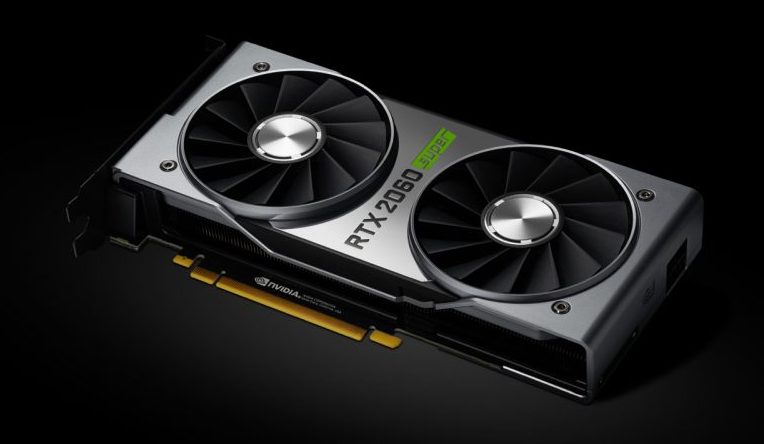Nearly a year ago, NVIDIA launched their GeForce RTX series GPU’s, representing a significant technological leap The new GeForce RTX 20-Series SUPER GPU cards are said to have a 25% increase in performance, giving gamers more frame rates and (possibly) a faster editing workflow for those considering getting an RTX card for their 4K editing PC. Cringeworthy “SUPER” designation aside, the new RTX GPU’s appear to offer a better price to performance ratio compared to the OG RTX cards from last year.
The big thing with NVIDIA’s RTX series and the new SUPER series is of course the performance gains of the new Turing architecture as well as the voodoo that is ray tracing, which according to Nvidia “…is the only way to add truly realistic effects that have unprecedented fidelity and accuracy.” So if you happen to be a gamer looking to build their next gaming rig that he or she plans to also use for video editing and other GPU intensive productivity tasks, then the new RTX Super series may just replace your ageing GTX 1080Ti.
The GTX 1080Ti is of course still a very capable card for video editing (and gaming), but according to NVIDIA their new RTX 2070 Super, which is priced (at launch) at $499, and the GeForce RTX 2060 Super ($399) will offer 24%-22% performance gains over their RTX 2070 and RTX 2070 predecessors in addition to the 1080Ti.

Images by NVIDIA
GeForce RTX 2060 Super – $399, available July 9
- Up to 22% faster (average 15%) than RTX 2060
- 8GB GDDR6 – 2GB more than the RTX 2060
- Faster than GeForce GTX 1080
- 7+7 TOPs (FP32+INT32) and 57 Tensor TFLOPs
GeForce RTX 2070 Super – $499, Available July 9
- Up to 24% faster (average 16%) than RTX 2070
- Faster than GTX 1080 Ti
- 9+9 TOPs (FP32+INT32) and 73 Tensor TFLOPs
GeForce RTX 2080 Super – $699, Available July 23
- Memory speed cranked up to 15.5Gbps
- Faster than TITAN Xp
- 11+11 TOPs (FP32+INT32) and 89 Tensor TFLOPs
The GeForce RTX 20-Series’ performance and real-time ray tracing capabilities are made possible by numerous industry-firsts:
- Architectural improvements
- that increase the efficiency of Turing-architecture GPUs by 1.4x compared to our previous generation Pascal architecture
- Ray Tracing Cores (RT Cores)
- for programmable ray tracing acceleration, making real-time ray tracing a reality, at 60 fps, with high levels of detail
- Tensor Cores
- that accelerate AI tasks and game performance
- GDDR6 VRAM and increased cache
- that delivers the bandwidth and capacity to enjoy high resolution gaming with maximum performance
- Concurrent Float and INT calculations
- that improve performance in the latest games
- Variable Rate Shading
- part of the NVIDIA Adaptive Shading technique, which accelerates performance in Wolfenstein: Youngblood and other titles.
- And support for Mesh Shading, Texture Space Shading and other advanced shading techniques that enable developers to craft more detailed and realistic worlds
Of course none of this is that important, because now we can all experience the legendary QUAKE II with ray-tracing and then ever better graphics. Seriously, I haven’t played this game in 20 years and now I want to build a gaming rig…
For benchmarks and more technical detail on the new RTX 20-Series Super head over to NVIDIA.
Disclaimer: As an Amazon Associate partner and participant in B&H and Adorama Affiliate programmes, we earn a small comission from each purchase made through the affiliate links listed above at no additional cost to you.


